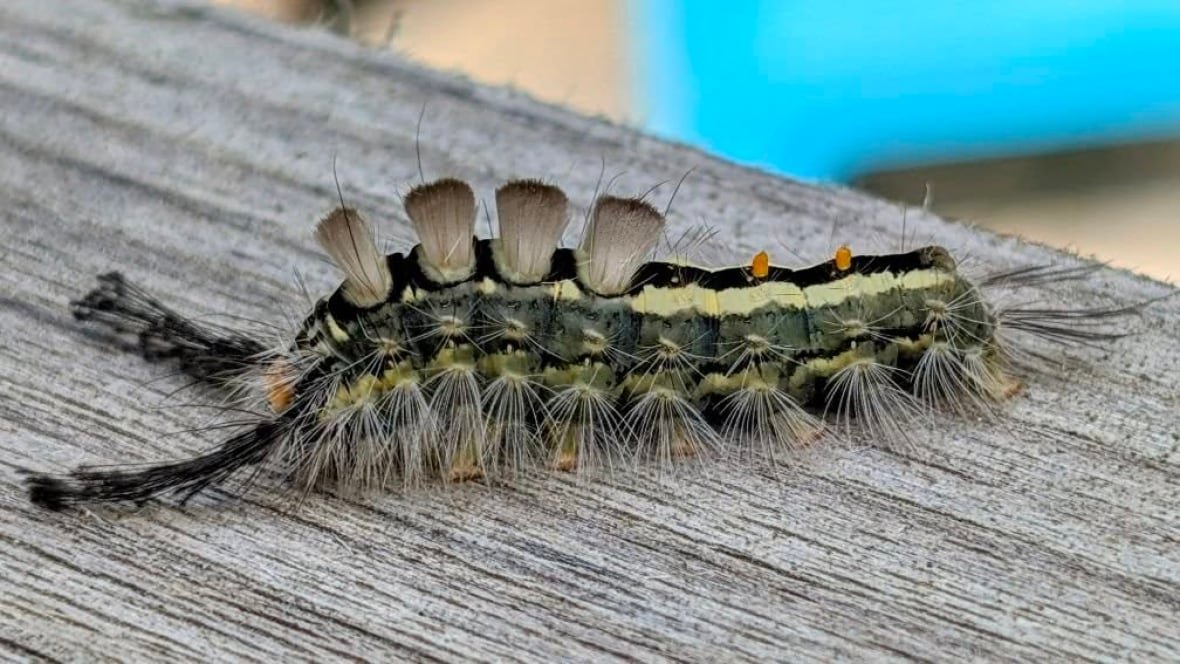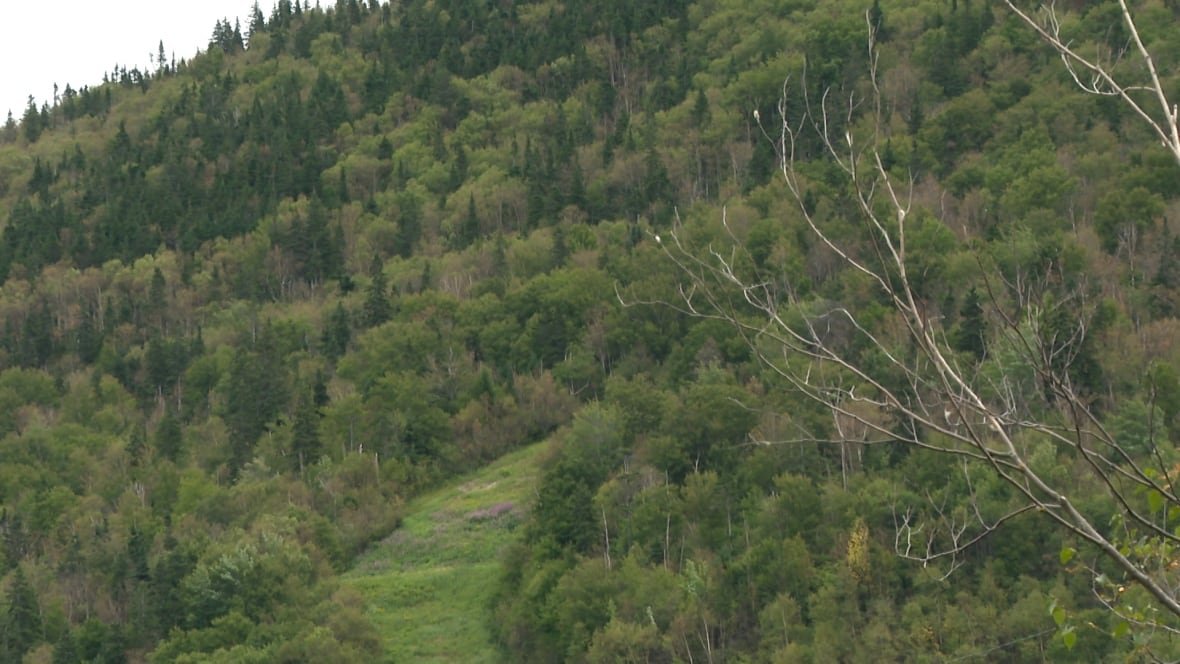
During the summer, the Humber Valley region of Newfoundland witnessed a proliferation of fuzzy caterpillars with orange and white markings. These caterpillars voraciously consumed various tree species, resulting in brown patches scattered across the area.
The white tussock moth caterpillars were highly prevalent, found on patios and dropping from trees.
Mark Grady, a resident of Corner Brook, described the situation, stating, “They were widespread, from the treetops to the bushes, they were everywhere.”
Although the species is native to the province, Joe Bowden, a research scientist at the Atlantic Forestry Centre, suggested that the surge in their population this summer might be attributed to climate change and the hot, dry weather.
Bowden explained, “Species are now emerging earlier and being distributed over vast geographical areas worldwide.”

Bowden reported witnessing tree damage in White Bay, Green Bay, Corner Brook, St. Albans, Conne River, and along the Bay d’Espoir Highway.
He noted that the disturbance was relatively localized and did not impact other regions of Canada.
By mid-August, Bowden noted that the caterpillars had completed their feeding phase, with male white tussock moths now in flight.




